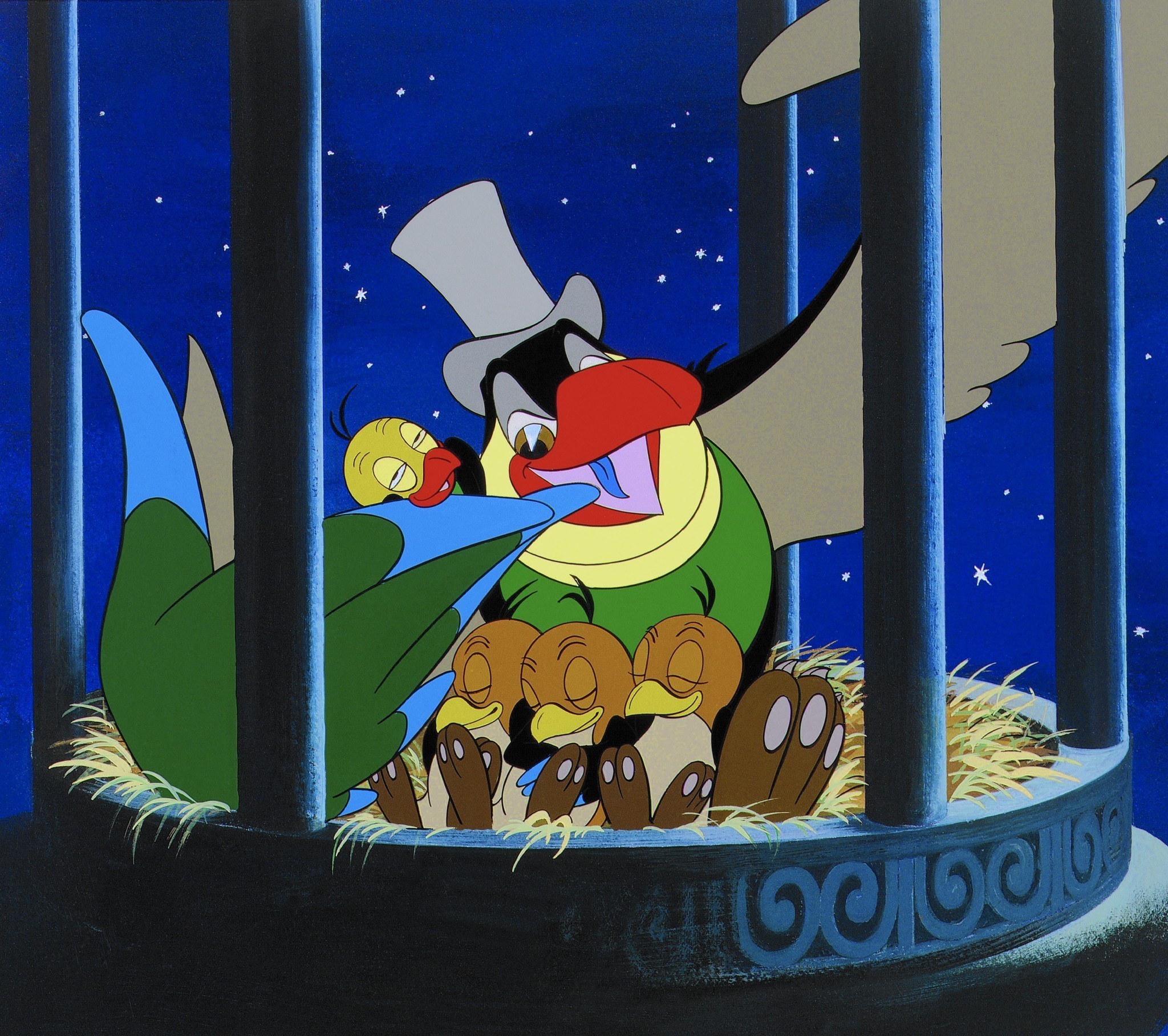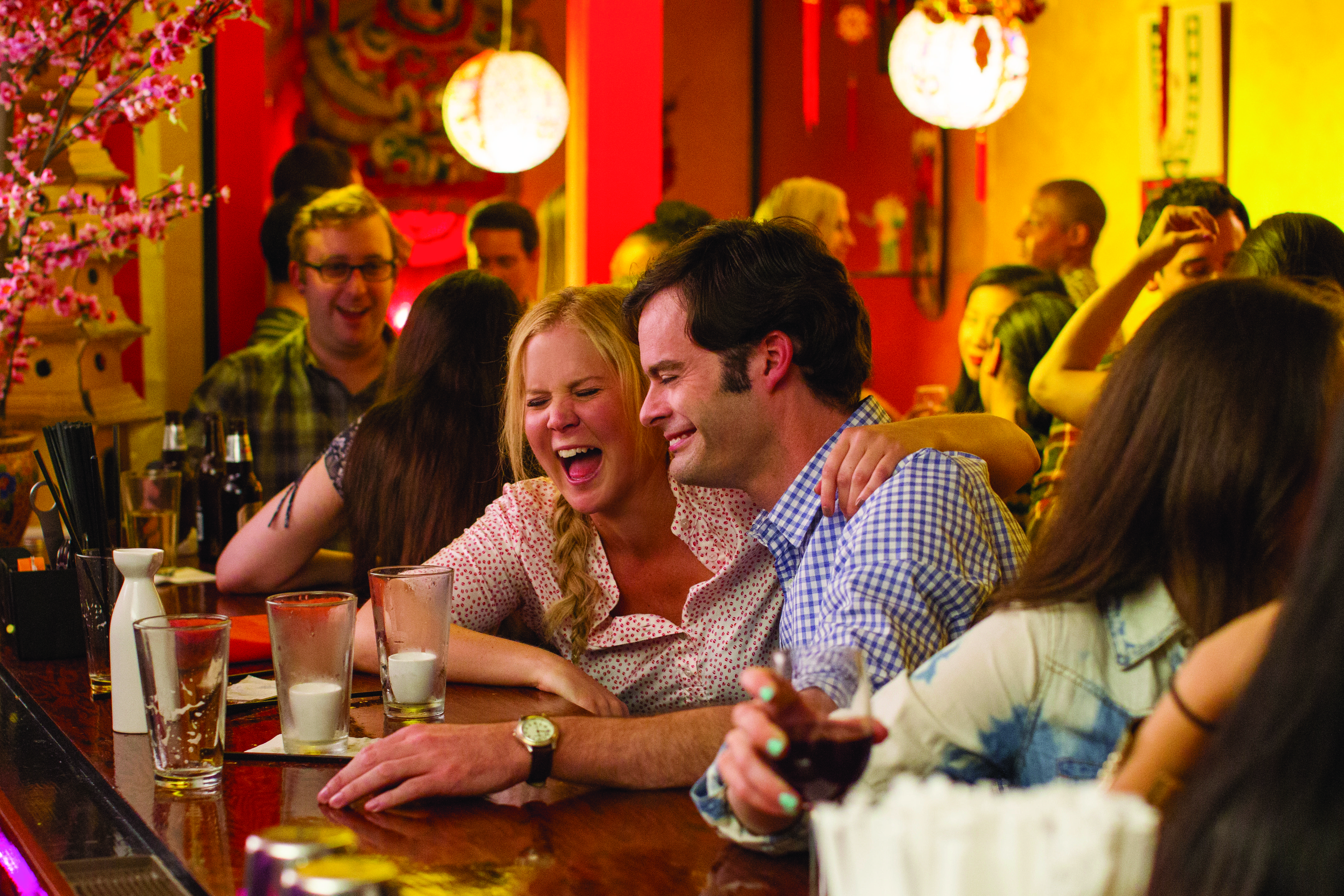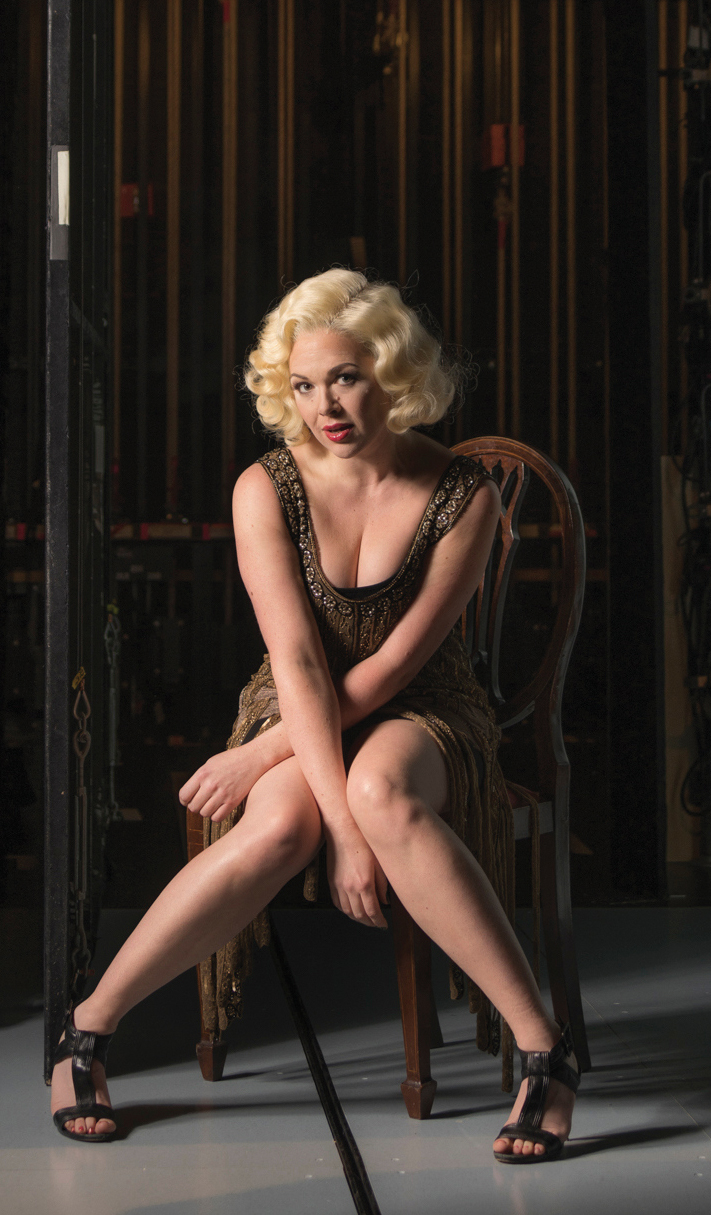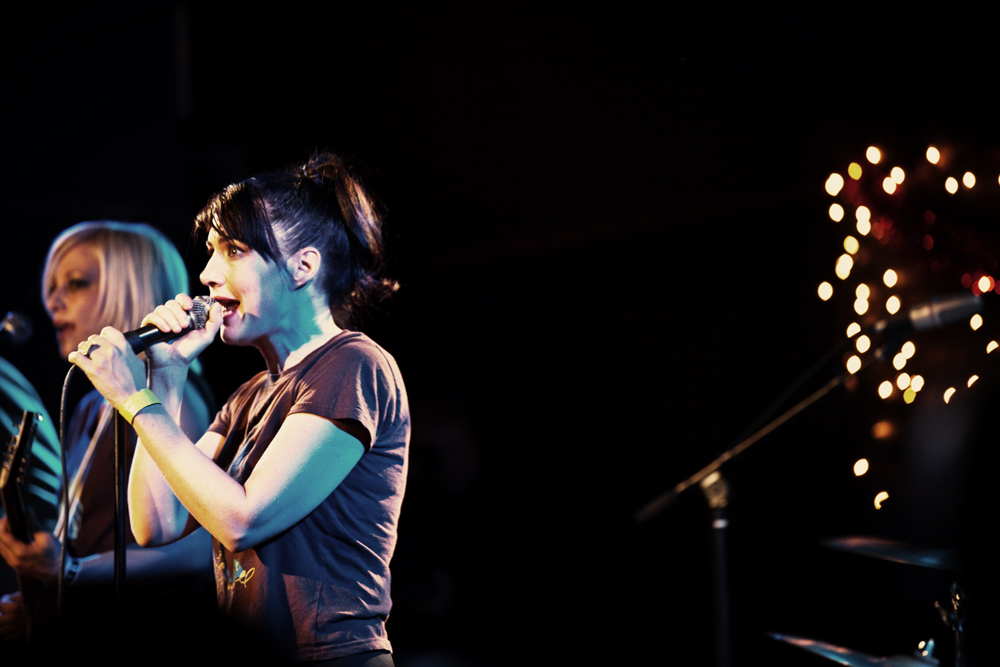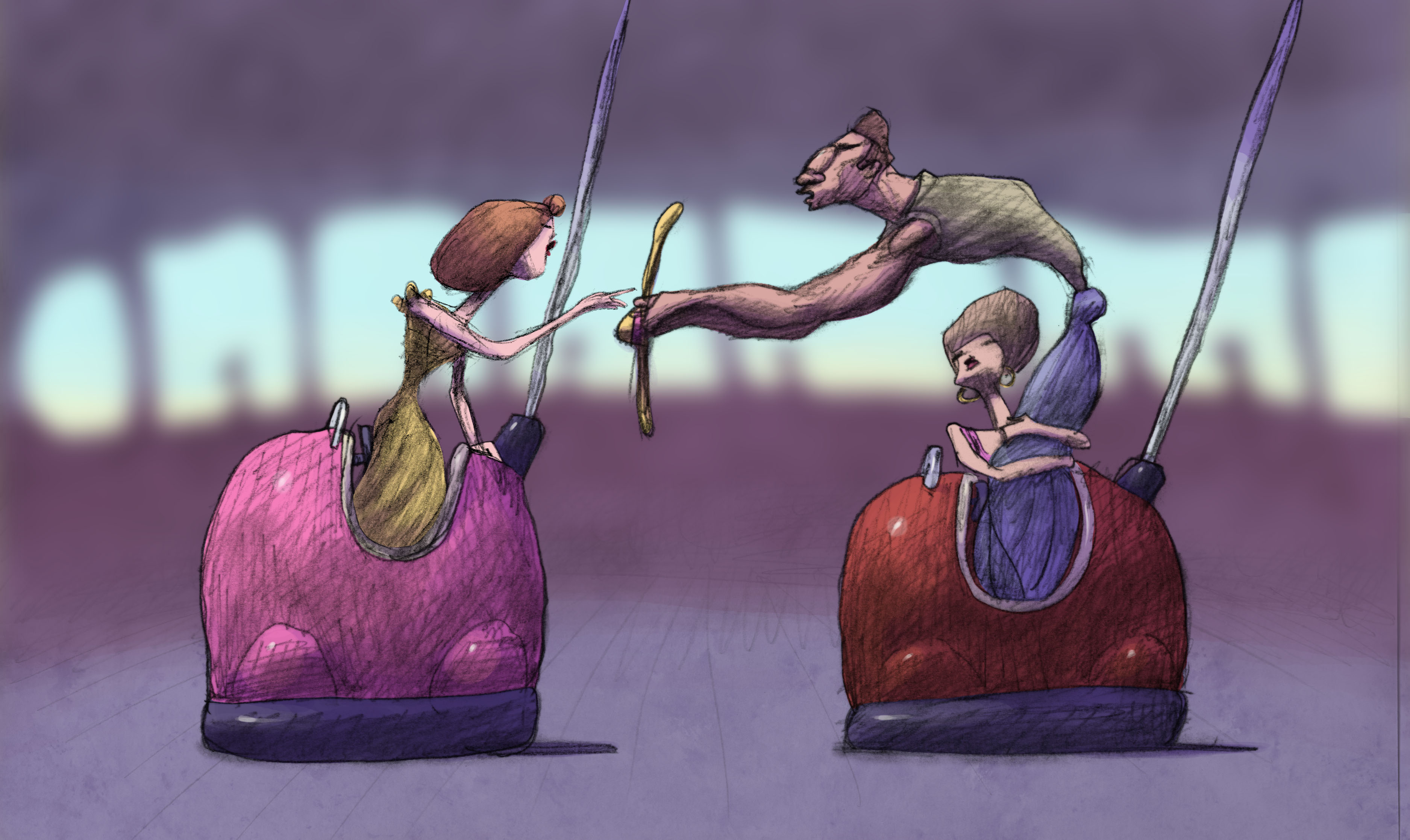Thursday, March 19
The King and the Mockingbird
There’s a tendency for journalists to fixate on a film’s troubled production history. If it took X number of years and Y number of millions to finish, it must be . . . [fill in the blank, usually terrible]. So try to cast aside the tangled history of this charming French animated film, based on a Hans Christian Andersen tale, created (and extensively revised) by director Paul Grimault and screenwriter Jacques Prevert between 1948–79. That patchwork process and recent restoration aren’t seamless. There’s a prewar, almost Disney aspect to the innocent, fugitive lovers (a shepherdess and a chimney sweep); and the monarch in pursuit of them is a comic despot who nonetheless carries a whiff of ’30s fascism. The silly chase scenes through a 296-floor castle (plus dungeon city) would appeal to kids who don’t get the politics, but they may not appreciate the subtitles. Grown-up viewers will discern how Grimault and Prevert’s late-’70s revisions reflected the tumult of the prior decade. Their impudent talking Mockingbird is a wise-ass revolutionary, like some Gallic Abbie Hoffman; and the king’s giant mechanical robot reflects sci-fi fears of global annihilation. The linework is both storybook and satirical. Not enough that the vainglorious king should live in the world’s tallest castle—it must be served by the most spindly, ridiculous Rube Goldberg elevator ever devised. Meanwhile, down in the dungeons of this totalitarian edifice, the lions and tigers can be dissuaded from eating prisoners—they’ll even waltz together!—if music is played. Art is the last defense against tyranny. (Through Sun.) Northwest Film Forum, 1515 12th Ave., 267-5380, nwfilmforum.org. $6–$11. 8 p.m.
BRIAN MILLER
Los Lobos
Los Lobos recently celebrated 40 years as a band. That’s a serious milestone, especially considering they’ve managed to keep the lineup intact for nearly that entire time. And while they’ve never had a ton of commercial success (save for their 1987 version of “La Bamba”), their records are just as acclaimed as their live show. The band’s multi-genre sound—which blends roots, rock, R&B, and norteno—has allowed them to tour with the best of the best, including Dylan, U2, and especially the Grateful Dead. Given that close latter association, this three-night run at the Triple Door will have plenty of jamming and a flexible set list. Further reinforcing the band’s commitment to gigging, they have released more live albums than original recordings over the past decade (Disconnected in New York City being the most recent example). But rather than cranking out disposable retreads as do many bands this late into a career, Los Lobos albums are worth waiting for. 2010’s Tin Can Trust found longtime collaborators Louis Perez and David Hidalgo exploring the working-class characters of the their East L.A. neighborhood with the kind of wisdom that can only come from a lived-in life, while singer Cesar Rosas penned the pensive “All My Burning Bridges” with Grateful Dead lyricist Robert Hunter. Whether you’re into soulful rock, cumbia, or Tex-Mex, Los Lobos has something for nearly every kind of music fan. Their reputation as a must-see live act is fully deserved. (Through Sat.) The Triple Door, 216 Union St., 838-4333, tripledoor.net. $75–$90. 8 p.m.
DAVE LAKE
Friday, March 20
Maimouna Guerresi
The former M.I.A. Gallery, which often features African art and photography, has moved south and changed its name to match that of its French-Somali expat owner. The old space was one of my favorite stops on the First Thursday Art Walk, but now it’s even closer to the action (and also next door to James Harris, a good neighbor to have). Inaugurating the new digs will be a selection of photos from the Italian/Senegalese Guerresi, whose studio scenes have a highly ritualized, almost theatrical aspect. The images in Light Bodies are less individual portraits of women than idealized renderings of high priestesses (or even saints, though the iconography is mostly Islamic). Colorful robes, chadors, and headdresses are elongated and enlarged, taking an almost architectural form; hats become minarets. Female bodies fall away, or become black voids, suggesting a kind of sublimation from flesh to spirit. The devotion is solemn, mystical, opaque: We’re not sure what specific texts are being read or icons worshipped. Guerresi’s often-looming figures are like peaceful giants from myth, figures removed from our petty, earthly concerns. In interviews, she’s cited the influence of the poet Rumi and Sufi mysticism. “Expressing cosmic beauty heals the diseases of the soul,” says Guerresi, who’ll attend the opening. (Through May 1.) Mariane Ibrahim Gallery, 608 Second Ave., 467-4927, marianeibrahim.com. Free. Opening reception, 6–8 p.m.
BRIAN MILLER
Also Like Life: The Films of Hou Hsiao-hsien
Running at two venues, this five-film selection reprises the last HHH retro in Seattle, 15 years ago, when the Grand Illusion and Northwest Film Forum were a joint enterprise. This reunion includes the Taiwanese timepieces Good Men, Good Women and Dust in the Wind, the gorgeous colonial-era Flowers of Shanghai (no less infused with memory and regret), and the more playful, contemporary Millennium Mambo. The series begins with Hou’s autobiographical 1985 A Time to Live, a Time to Die, which follows protagonist Ah-hsiao (nicknamed Ah-ha) from late-’40s boyhood to the cusp of maturity. His family flees the mainland before the revolution, meaning that Ah-ha will grow up in an essentially foreign culture, uprooted from tradition. Hou treats this immigrant coming-of-age story with solemn detachment; the kids aren’t cute and the pathos isn’t overdone. His young hero experiences considerable sadness and loss, but the movie hasn’t got an ounce of sentimentality. The family’s struggles, defeats, and setbacks are usually framed in still, quiet long shots, with the important action often taking place in the background. Hou refuses to provide false drama to Ah-ha’s gradual slide into ’60s delinquency. Instead, he simply and movingly recalls the daily rhythms of a bygone era, without nostalgia or counterfeit emotion, in each well-composed shot. (The series runs trough Saturday, March 28.) Grand Illusion, 1403 N.E. 50th St. See nwfilmforum.org for full schedule. $5–$9. 7 p.m. (Repeats 7 p.m. Mon. at NWFF.)
BRIAN MILLER
Saturday, March 21
Amy Schumer
You probably don’t remember Schumer’s entree into showbiz, as an uncredited extra in the 1992 musical Newsies. Since then, however, she’s become a comedy powerhouse. She rose through the stand-up ranks to star in her own sketch-comedy show on Comedy Central, Inside Amy Schumer. Now she has an unbridled platform to provide hilarious commentary on horror films, sexting, eating habits, and anything else you can think of. She’s about to get even more crazy famous after the July release of Trainwreck. Written by Schumer and directed by Judd Apatow, the raunch-com stars Schumer as a woman addicted to booze and one-night stands; Bill Hader plays the love interest who might be able to save her from her worst instincts. Or not (maybe she doesn’t need saving). What’s her comedy philosophy? As the always-ballsy Schumer recently wrote in Cosmo: “In my act, I have a joke: ‘I know what I look like. You’d bang me, but you wouldn’t blog about it.’ My real beauty lies in my humor, my strength, the kind of sister, daughter, and friend I am. But more than anything, it lies in my ability to truly not give a shit what anyone thinks of me.” Preach, mama. Emerald Queen Casino, 2024 E. 29th St. (Tacoma), 253-594-7777. $50–$120. 8:30 p.m.
